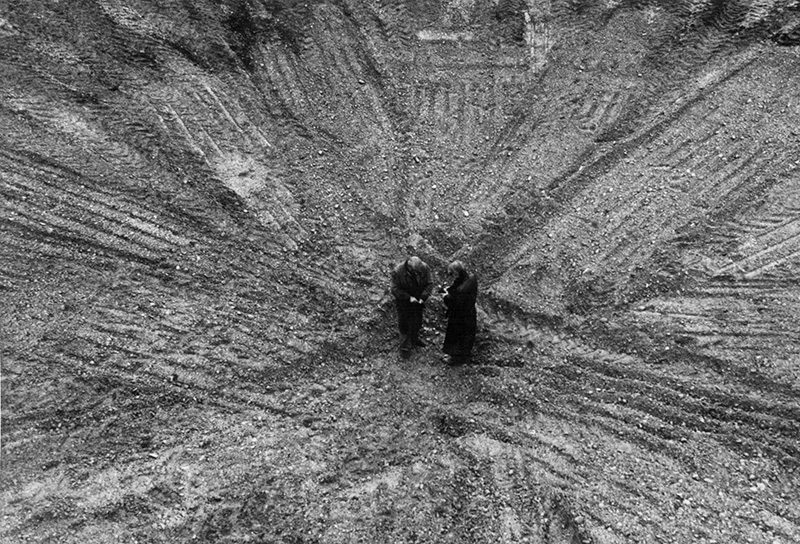ART CITIES:N.York-Michael Heizer
 Working largely outside the limits of a gallery or a Museum, Michael Heizer has redefined sculpture in terms of size, mass, gesture, and process. A pioneer of Land Art, he is renowned for awe-inspiring sculptures and earthworks made with earth-moving equipment, which he began creating in the American West in 1967.
Working largely outside the limits of a gallery or a Museum, Michael Heizer has redefined sculpture in terms of size, mass, gesture, and process. A pioneer of Land Art, he is renowned for awe-inspiring sculptures and earthworks made with earth-moving equipment, which he began creating in the American West in 1967.
By Dimitris Lempesis
Photo: Whitney Museum Archive
“Open Plan”, is an experimental five-part exhibition using the Whitney’s Museum 5th floor as a single open gallery, unobstructed by interior walls. The Neil Bluhm Family Galleries measure 1.690 square meters. Michael Heizer was invited among five other artists to present a solo projects in response to the space. In 1969 Heizer excavated a form from the earth in an underdeveloped area on the outskirts of Munich, Germany, creating a negative space that he titled “Munich Depression”. Measuring 30 meter in diameter, the excavation sloped very subtly upward from its center, which was 5 meter deep. The work (commissioned by Heiner Friedrich and Franz Dahlem) was destroyed a few months later, but not before Heizer made a complete 360-degree record of it comprising 9 photographs taken from within the depression. Heizer subsequently developed a system of slide projections that allow his images of the depression to appear on the walls of a large interior space at actual size, as the title, “Actual Size: Munich Rotary”, suggests. The idea was to record the experience of standing at its center, where viewers would begin to lose track of the horizon as though the depression were endless. In the artist’s words “There is no beginning. There is no edge… It was evanescent”. Its photographic form does not simply document the “Munich Depression”, it creates a parallel, independent work that emphasizes the tension between real space and its photographic counterpart. In 1970, when “Actual Size: Munich Rotary” was made, slide projectors capable of enlarging images to over 5 meter high were not commercially available. The ones used for this exhibition at the Whitney, which are part of the work, were specially designed and built by the inventor Maris Ambats. The Whitney acquired this pivotal work in 1996 and has worked in close consultation with the artist to restore it to its original appearance. Now, the Museum also has the space required to exhibit it.
Info: Whitney Museum of American Art, 99 Gansevoort Street, New York, Duration: 25/3-10/4/16, Days & Hours: Mon, Wed-Thu & Sun 10:30-18:00, Fri-Sun 10:30-22:00, http://whitney.org/

